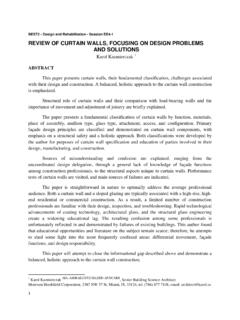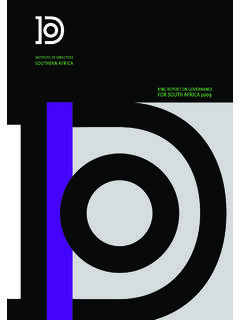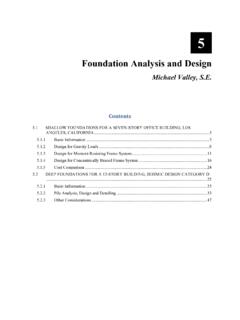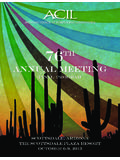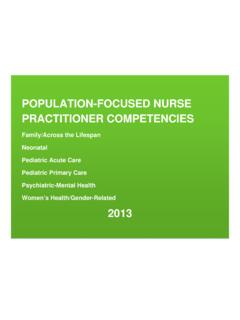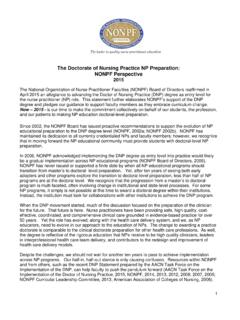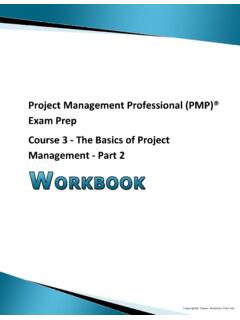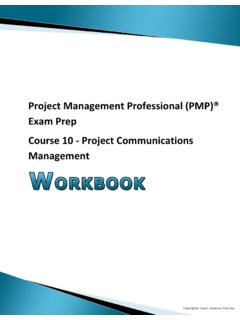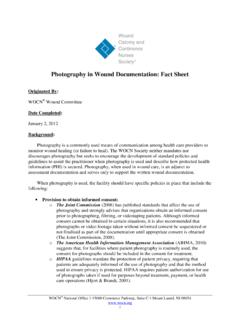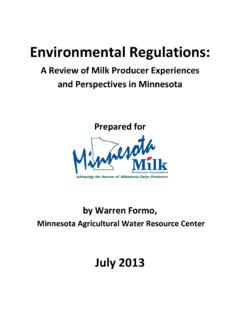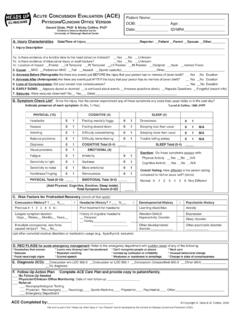Transcription of DSM-5: Assessment and Treatment of PTSD
1 DSM-5: Assessment and Treatment of ptsd . Wayne Roffer, Pennsylvania Psychological Association Annual Convention Harrisburg, PA. June 18, 2014. Disclaimer Dr. Roffer, while employed by the Department of Veterans Affairs, has not been asked to speak today on their behalf, or on behalf of any other federal agency of the United States. The information presented and discussed today is the personal opinion of Dr. Roffer and is not to be considered an official policy, statement, endorsement, or position of the Department of Veterans Affairs, federal agency, or the United States government. Agenda ptsd 101. Summary of changes DSM-IV to DSM-5. Assessment Interventions Discussion/Questions Physical mTBI. cancer cardiovascular gastrointestinal chronic pain Behavioral/Emotion al anxiety depression anger insomnia substance use Image courtesy of renjith krishnan / Normal reactions to an abnormal event.
2 Development of ptsd . Risk vs protective factors Exposure to traumatic event Failure of brain to properly process, encode, retrieve Maintenance of faulty connections False alarm syndrome Neurobiology of ptsd . Stress hormone system Neurotransmitter system Anterior Cingulate Amygdala Hippocampus Prefrontal Cortex Harig, P (unpublished). Summary of Changes Summary of Changes Trauma and Other Stressor Related Disorder 20 symptoms Removed: A2, acute/chronic, death due to natural causes Added: negative cognitions, negative emotions, preschool and dissociative Subtype Modified: definition of trauma DSM-IV(TR). DSM-5. Specifiers Preschool Type With Dissociative Symptoms Depersonalization Derealization With Delayed Expression Assessment , Diagnosis, & Interventions Assessment Why How Screening Self-report checklists Presumptive Semi-structured diagnosis interviews Treatment progress Objective Projective DSM-5.
3 DSM-5: ptsd ( ). A. Exposure to actual or threatened death, serious injury, or sexual violence in one (or more) of the following ways: 1. Directly experiencing the traumatic event(s). 2. Witnessing in person, the event(s) as it occurred to others 3. Learning that the traumatic event(s) occurred to close family member or close friend. In cases of actual or threatened death of a family member or friend, the event(s) must have been violent or accidental. 4. Experiencing the repeated or extreme exposure to aversive details of the trauma event(s) ( first responders collecting human remains, police officers repeatedly exposed to details of child abuse Note: Criterion A4 does not apply to exposure through electronic media, television, movies, or pictures, unless the exposure is work related. DSM-5: ptsd ( ). B. Presence of one (or more) of the following intrusion symptoms associated with the traumatic event(s), beginning after the traumatic event(s) occurred: 1.)
4 Recurrent, involuntary, and intrusive distressing memories of the traumatic event(s). 2. Recurrent distressing dreams in which the content and/or affect of the dream are related to the traumatic event(s). 3. Dissociative reactions ( , flashbacks) in which the individual feels or acts as if the traumatic event(s) were recurring. (Such reactions may occur on a continuum, with the most extreme expression being a complete loss of awareness of present surrounding). 4. Intense or prolonged psychological distress at exposure to internal or external cues that symbolize or resemble an aspect of the traumatic event(s). 5. Marked physiological reactions to internal or external cues that symbolize or resemble an aspect of the traumatic event(s). DSM-5: ptsd ( ). C. Persistant avoidance of stimuli associated with the traumatic event(s), beginning after the traumatic event(s) occurred, as evidenced by one of both of the following: 1.
5 Avoidance of or efforts to avoid distressing memories, thoughts, or feelings about or closely associated with the traumatic event(s). 2. Avoidance of or efforts to avoid external reminders (people, places, conversations, activities, objects, situations) that arouse distressing memories thoughts, or feelings about or closely associated with the traumatic event(s). DSM-5: ptsd ( ). D. Negative alternations in cognitions and mood associated with the traumatic event(s), beginning or worsening after the traumatic event(s) occurred, as evidenced by two (or more) of the following: 1. Inability to remember an important aspect of the traumatic event(s) (typically due to dissociative amnesia and not to other factors such as head injury, alcohol, or drugs). 2. Persistent and exaggerated negative beliefs or expectations about oneself, others, or the world ( , I am bad, No one can be trusted, The world is completely dangerous, My whole nervous system is permanently ruined ).
6 3. Persistent, distorted cognitions about the cause or consequences of the traumatic event(s) that lead the individual to blame himself/herself or others. 4. Persistent negative emotional state ( , fear, horror, anger, guilt, or shame). 5. Markedly diminished interest or participation in significant activities. 6. Feelings of detachment or estrangement from others. 7. Persistent inability to experience positive emotions ( , inability to experience happiness, satisfaction, or loving feelings). DSM-5: ptsd ( ). E. Marked alterations in arousal and reactivity associated with the traumatic event(s), beginning or worsening after the traumatic event(s) occurred, as evidenced by two (or more) of the following: 1. Irritable behavior and angry outbursts (with little or no provocation) typically expressed as verbal or physical aggression toward people or objects 2. Reckless or self-destructive behavior 3.
7 Hypervigilance 4. Exaggerated startle response 5. Problems with concentration 6. Sleep disturbance ( , difficulty falling or staying asleep or restless sleep). DSM-5: ptsd ( ). F. Duration of the disturbance (Criteria B, C, D, and E) is more than 1. month. G. The disturbance causes clinically significant distress or impairment in social, occupational, or other important areas of functioning. H. The disturbance is not attributable to physiological effects of a substance ( , medication, alcohol) or another medical condition. DSM-5: ptsd ( ). Specify whether: With dissociative symptoms: symptoms meet ptsd criteria and, in response to the stressor, experiences persistent or recurrent symptoms of either of the following: 1. Depersonalization: Persistent or recurrent experience of feeling detached from and as if one were an outside observer of, one's mental processes or body ( , feeling though one were in a dream; feeling a sense of unreality of self or body or time moving slowly).
8 2. Derealizaton: Persistent or recurrent experiences of unreality of surroundings ( , the world around the individual is experienced as unreal, dreamlike, distant, or distorted). Note: To use this subtype, the dissociate symptoms must not be attributable to the physiological effects of a substance ( , blackouts, behavior during alcohol intoxication) or another medical condition ( , complex partial seizures). Specify if: With delayed expression: if the full diagnostic criteria are not met until at least 6 months after the event (although the onset and expression of symptoms may be immediate). ptsd in Older Adults Same criteria as in DSM-5 but . How ptsd is experienced may be different More physical and mental health complications Less depression, hostilty, guilt LOSS (Late-Onset Stress Symptomatology). Making the Diagnosis: Preschool Criterion A: Includes reference to caregiver Criterion B: Need 1 (out of 5).
9 Criterion C: Need 1 (out of 6). Criterion D: Need 2 (out of 5). Criterion E: Duration more than 1 month Criterion F: Significant distress Criterion G: Not due to substances or medical condition ptsd in Children Birth to 3 y/o Separation anxiety (more than expected). Difficulty sleeping, toilet training, going to the bathroom Five to 11. Place events in wrong order Believe in signs predicting the trauma Act out through play, stories, drawings Avoid school, difficulty homework, social isolation Twelve to 18. Symptoms more consistent with adults Conduct disordered behaviors National Center for ptsd . Assessment Scenarios Standard Clinical Assessment Lifetime trauma history, structured interview, DSM-correspondent self-report measure, multiscale inventory Treatment outcome / program evaluation Full clinical battery at baseline, post- Treatment , follow-up; DSM- correspondent self-report measure for repeated interim assessments Survey Self-report trauma measure, narrative description of index event, DSM-correspondent self-report measure Weathers, F.
10 Assessment Instruments Aftermath of Battle Scale (DRRI-2 Section: E). Beck Anxiety Inventory - Primary Care (BAI-PC). Brief Trauma Questionnaire (BTQ). Child Posttraumatic Stress Reaction Index (CPTS-RI). Child ptsd Symptom Scale (CPSS). Childhood Family Functioning Scale (DRRI-2 Section: B). Childhood ptsd Interview Children's Impact of traumatic Events Scale-Revised (CITES-2). Children's ptsd Inventory (CPTSDI). Clinician-Administered ptsd Scale for DSM-5 (CAPS-5). Clinician-Administered ptsd Scale for Children and Adolescents (CAPS-CA). Combat Experiences Scale (DRRI-2 Section: D). Combat Exposure Scale (CES). National Center for ptsd . Assessment Instruments Concerns about Life and Family Disruption Scale (DRRI- 2 Section: L). Davidson Trauma Scale (DTS). Deployment Measures Deployment Risk and Resiliency Inventory (DRRI). Difficult Living and Working Environment Scale (DRRI-2.)
